
Prosthetics through the ages
Millions of people in the United States are currently living with limb loss. This number is expected to grow as...
Medical Technology

Millions of people in the United States are currently living with limb loss. This number is expected to grow as...
Medical Technology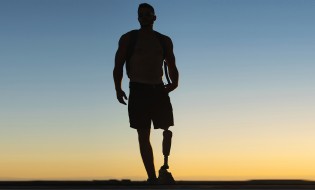
When someone loses a leg or other limb, a prosthetic device (a tool designed to replace a missing part of...
Limb Loss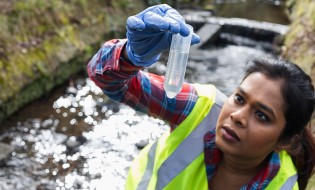
What are PFAS? Per- and polyfluoroalkyl substances (PFAS) are synthetic chemicals that have been used in consumer products around the...
Environmental Health
What is PregSource? PregSource®: Crowdsourcing to Understand Pregnancy is a research project that collects data about pregnancy from the...
Pregnancy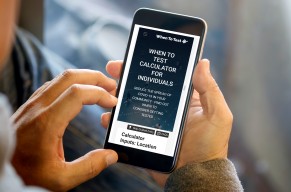
Almost two years into the COVID-19 pandemic, there’s still so much uncertainty about how to live with this virus. We have...
COVID-19, COVID-19 Testing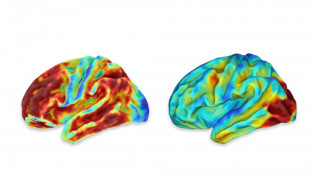
Alzheimer's disease is the most common cause of dementia, which contributes to a decline in memory, thinking, and social...
Alzheimer's Disease
Rebecca Richards-Kortum, Ph.D., of Rice University, has devoted her career to understanding how technology can improve health and save...
Diagnostic Imaging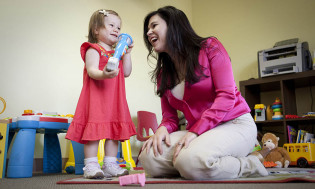
What if you could diagnose autism just by looking at how a child's eyes move? While the technology is...
Autism Spectrum Disorder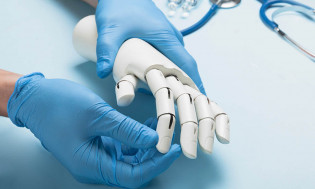
A 15-second, painless mammogram. A laser-powered blood sugar monitor. These are just some of the many breakthrough technologies supported by...
Medical Technology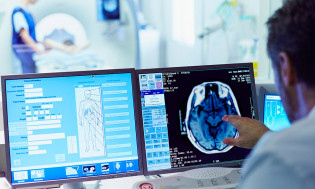
What did we learn in 2018 that could help your health this year or in the future? NIH-supported researchers worked on a...
NIH Research